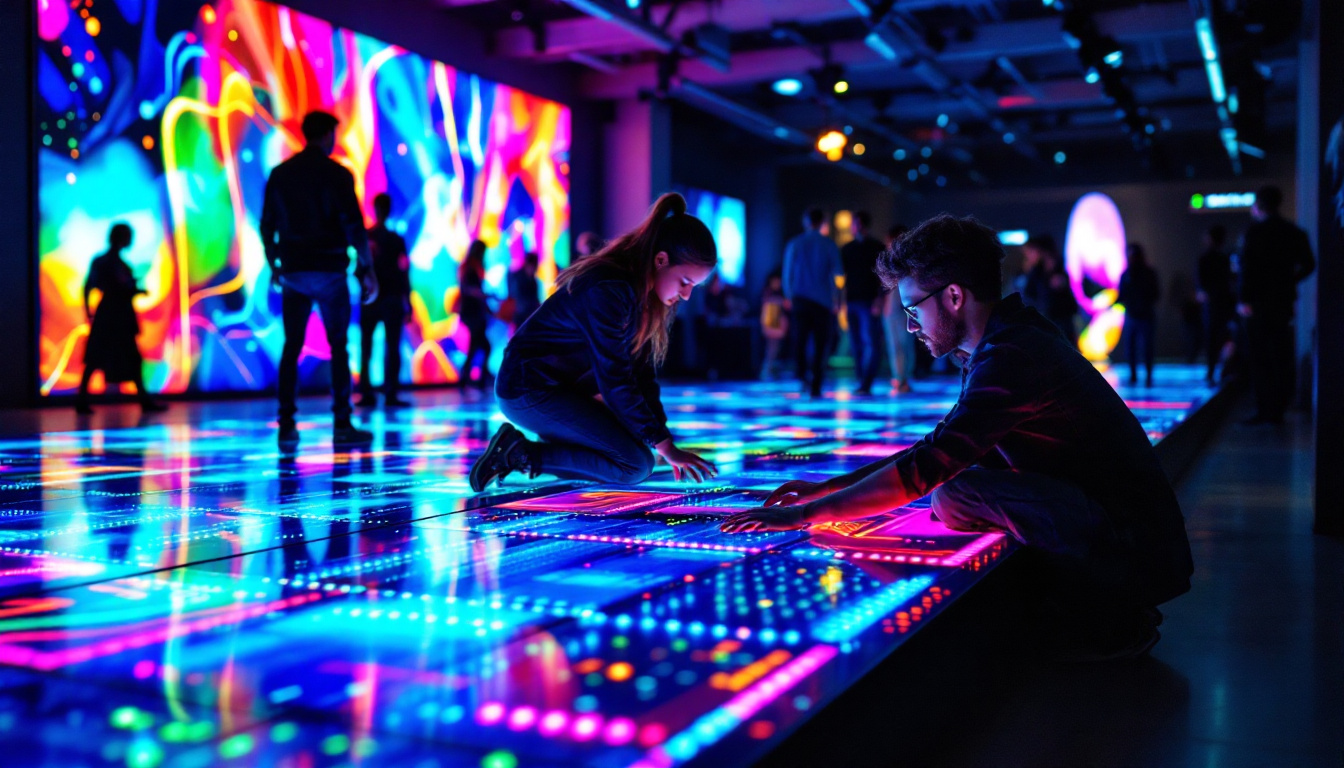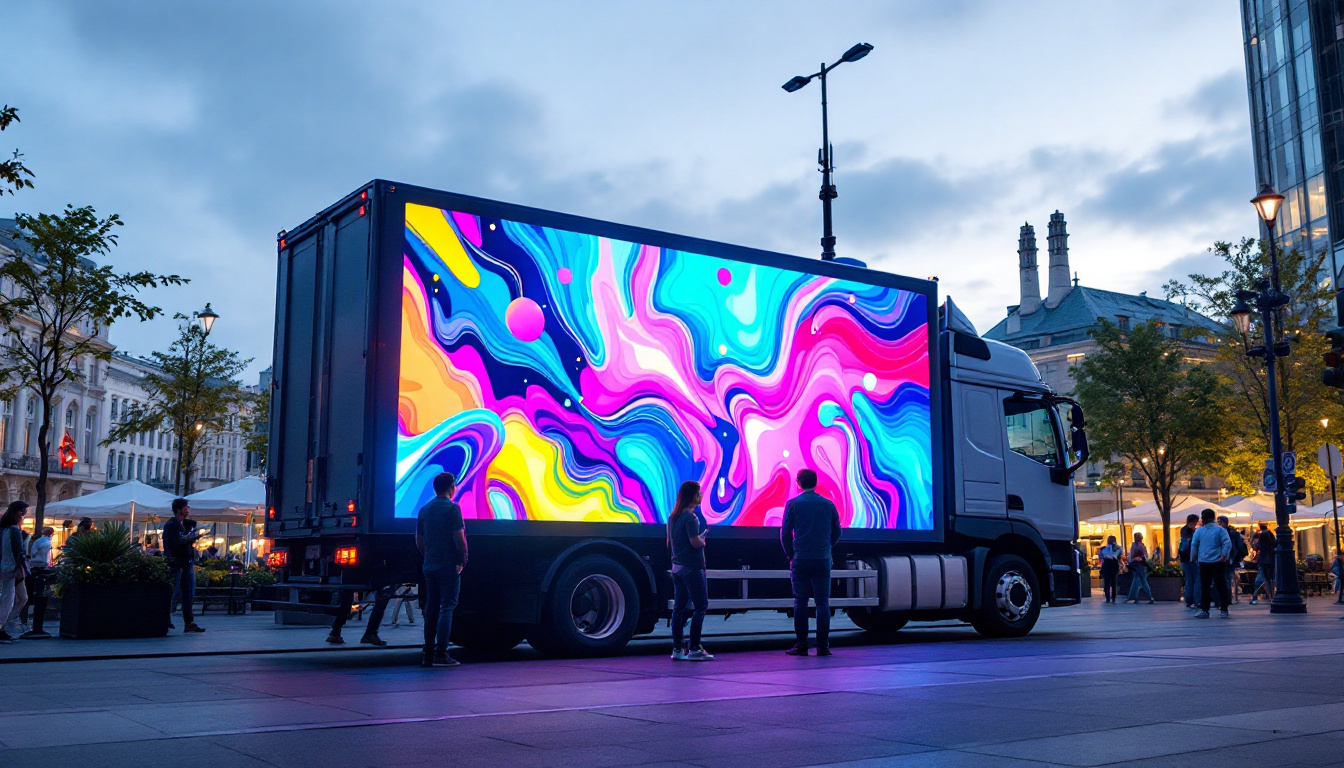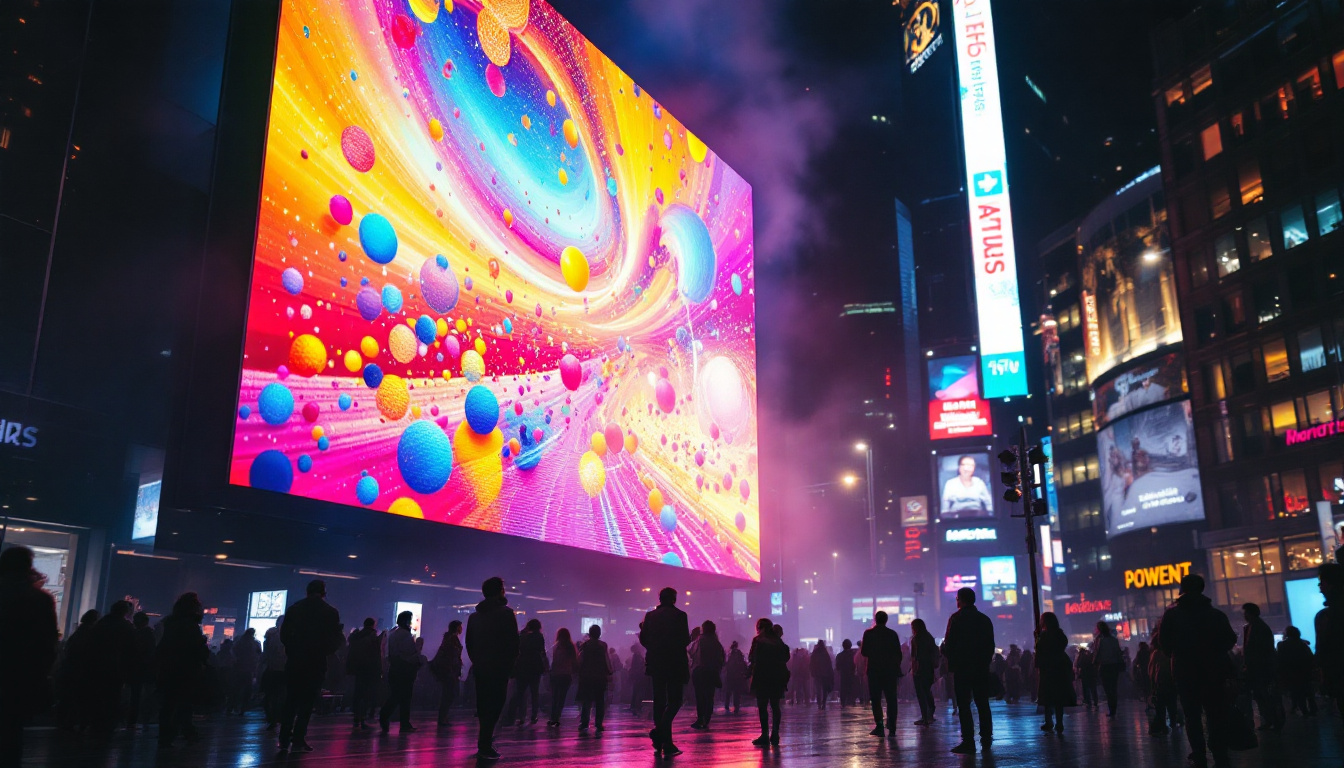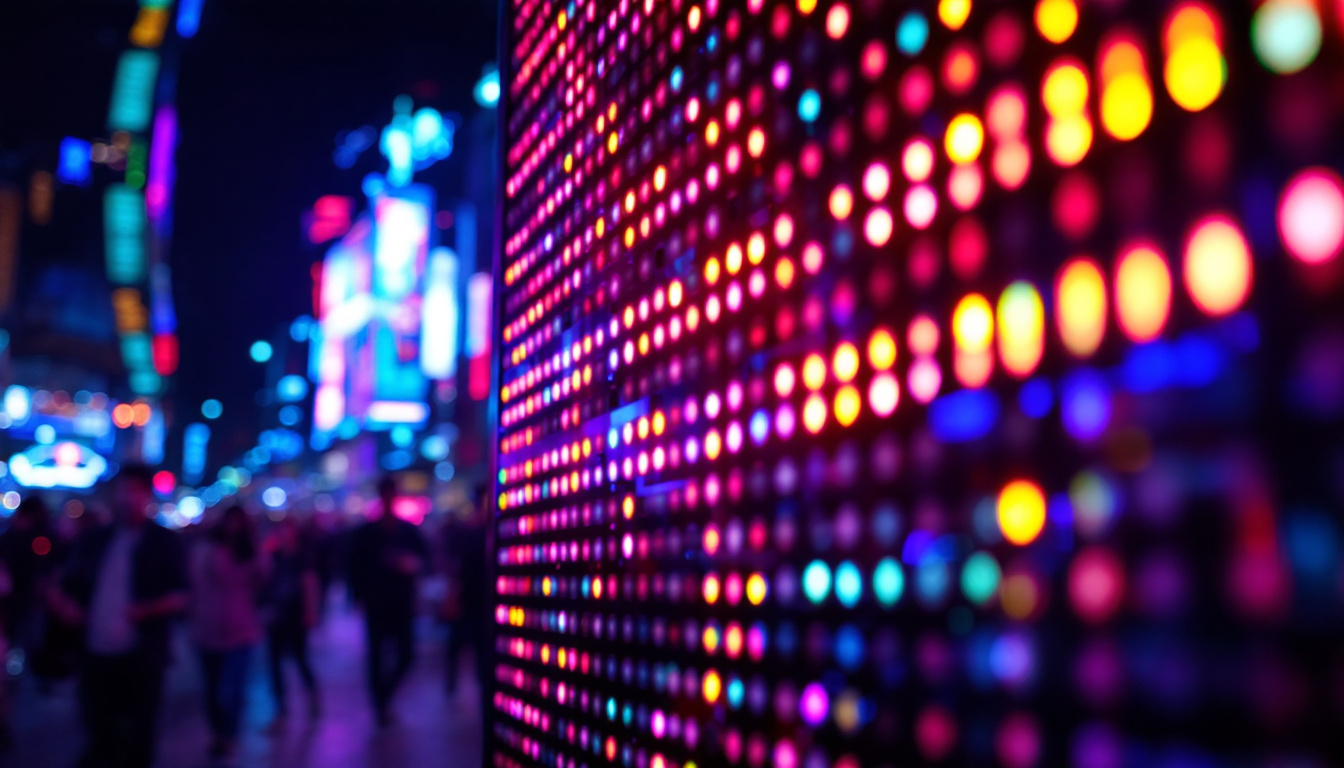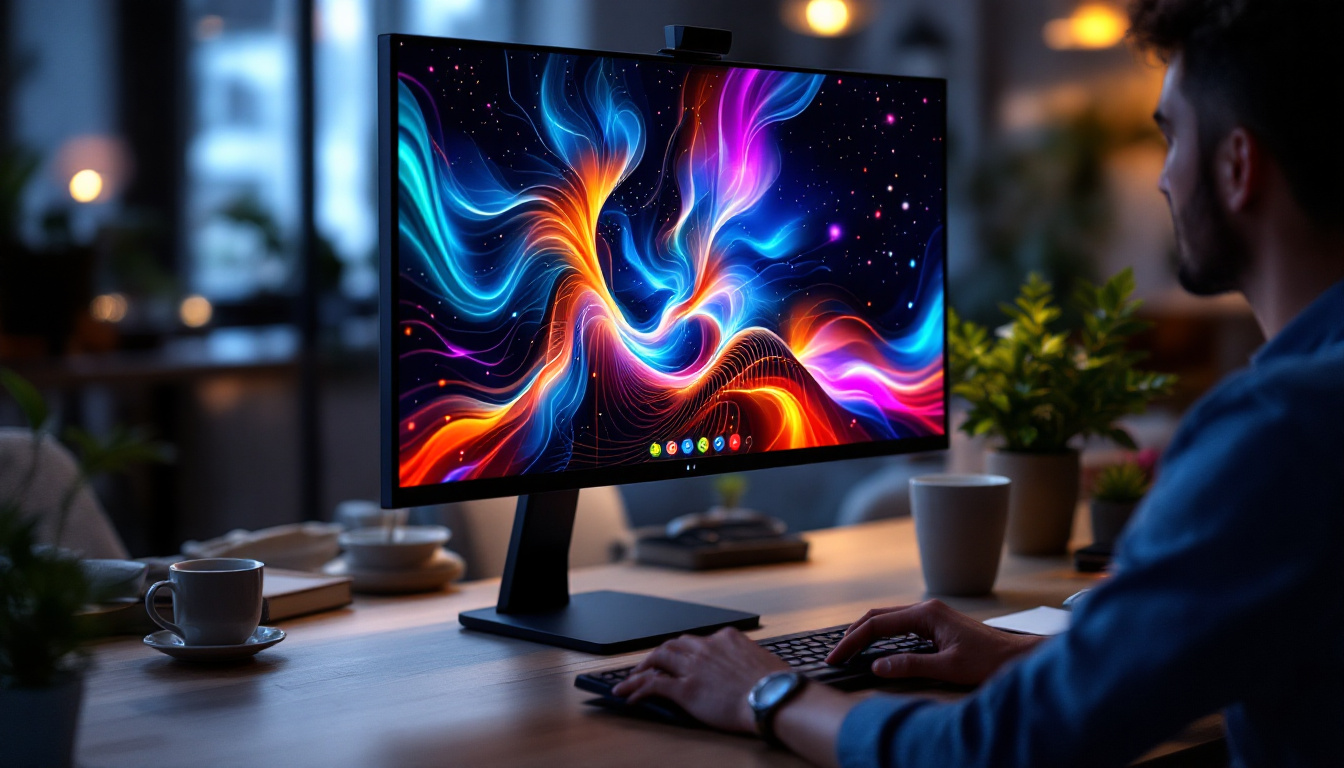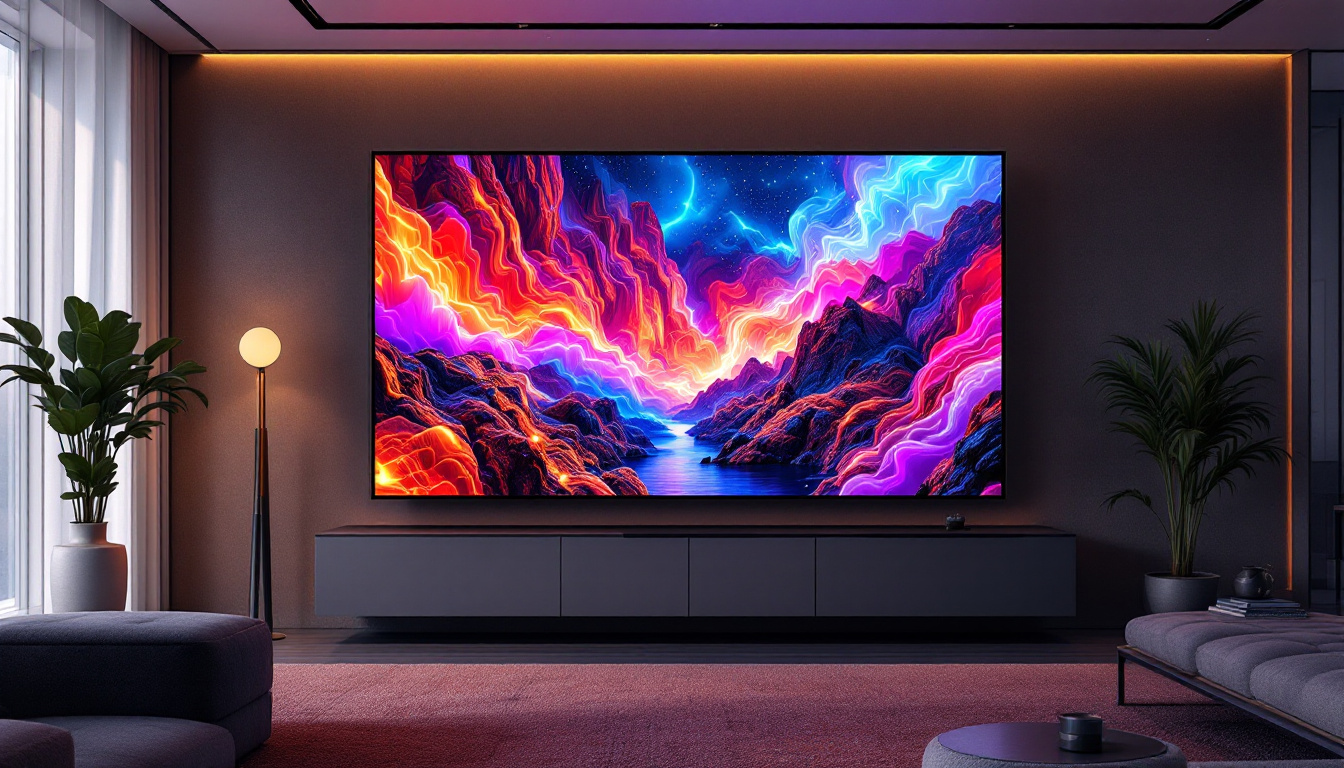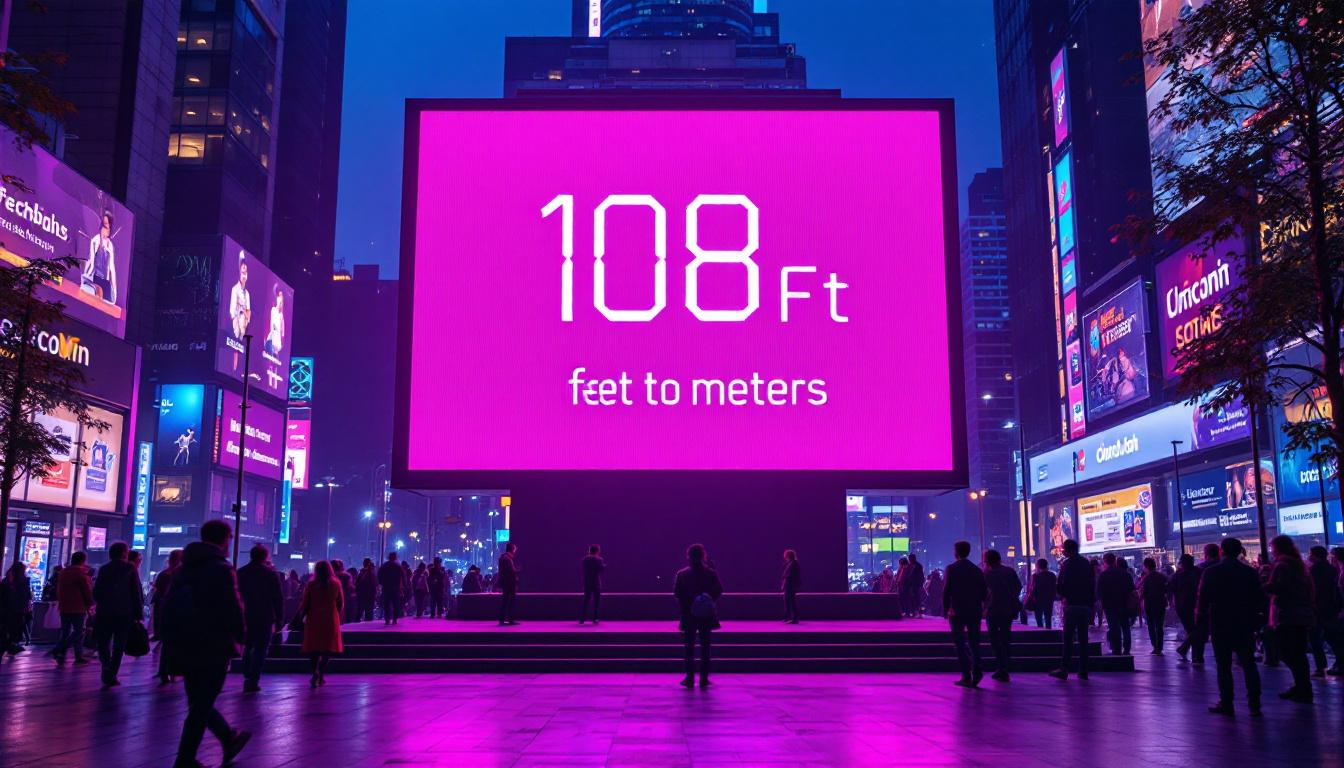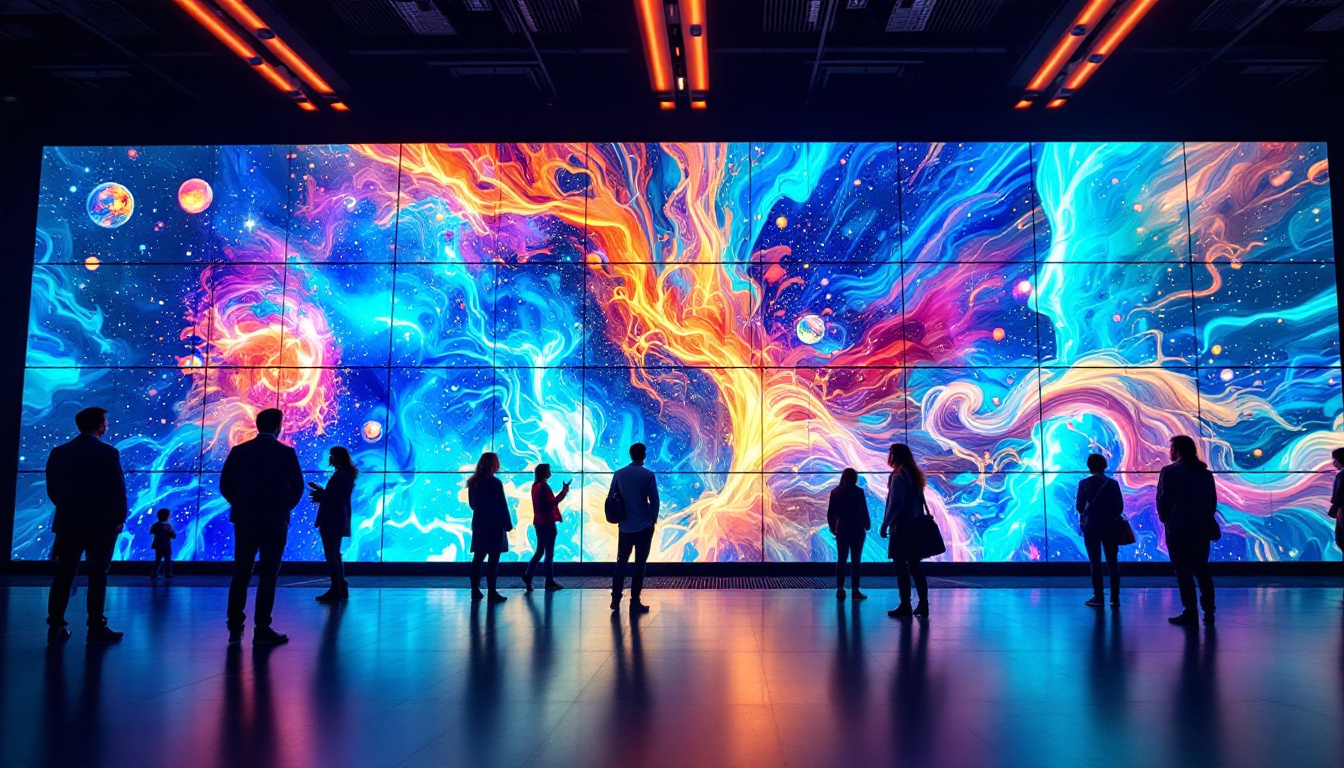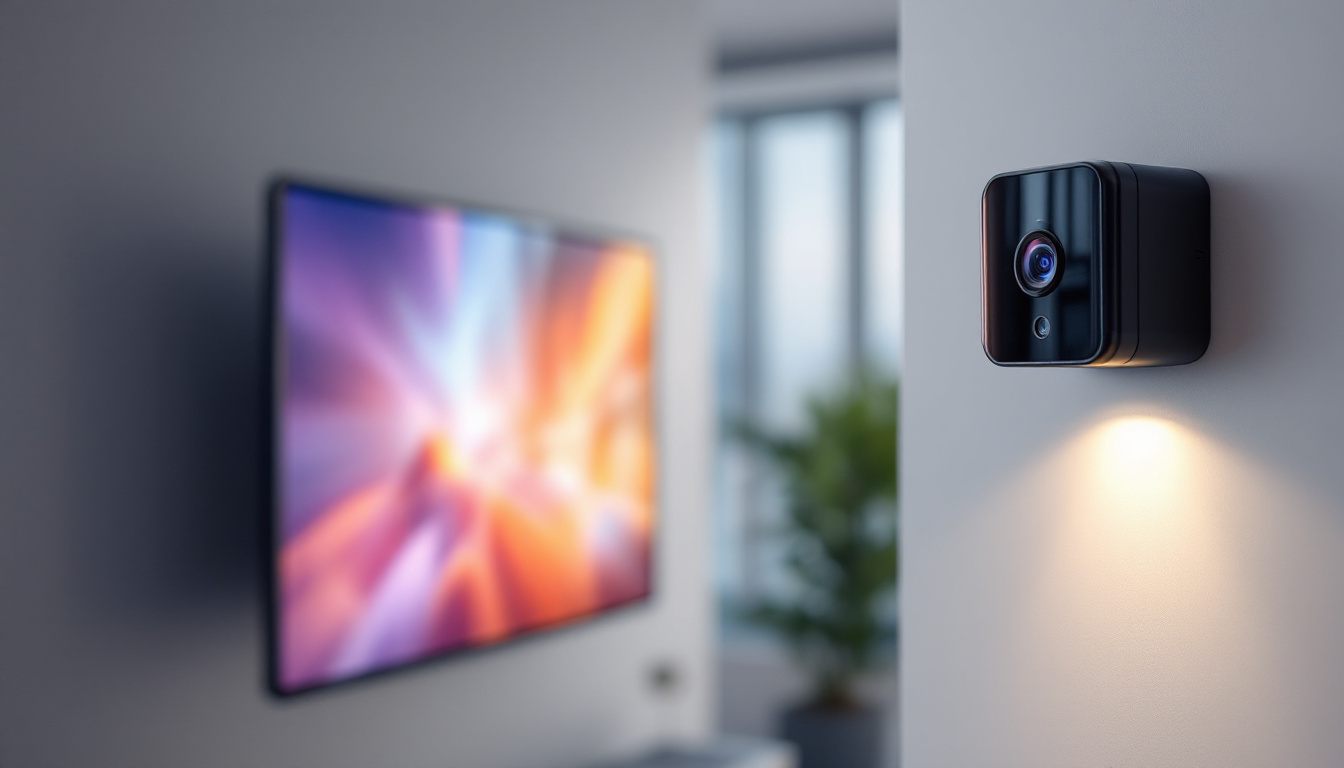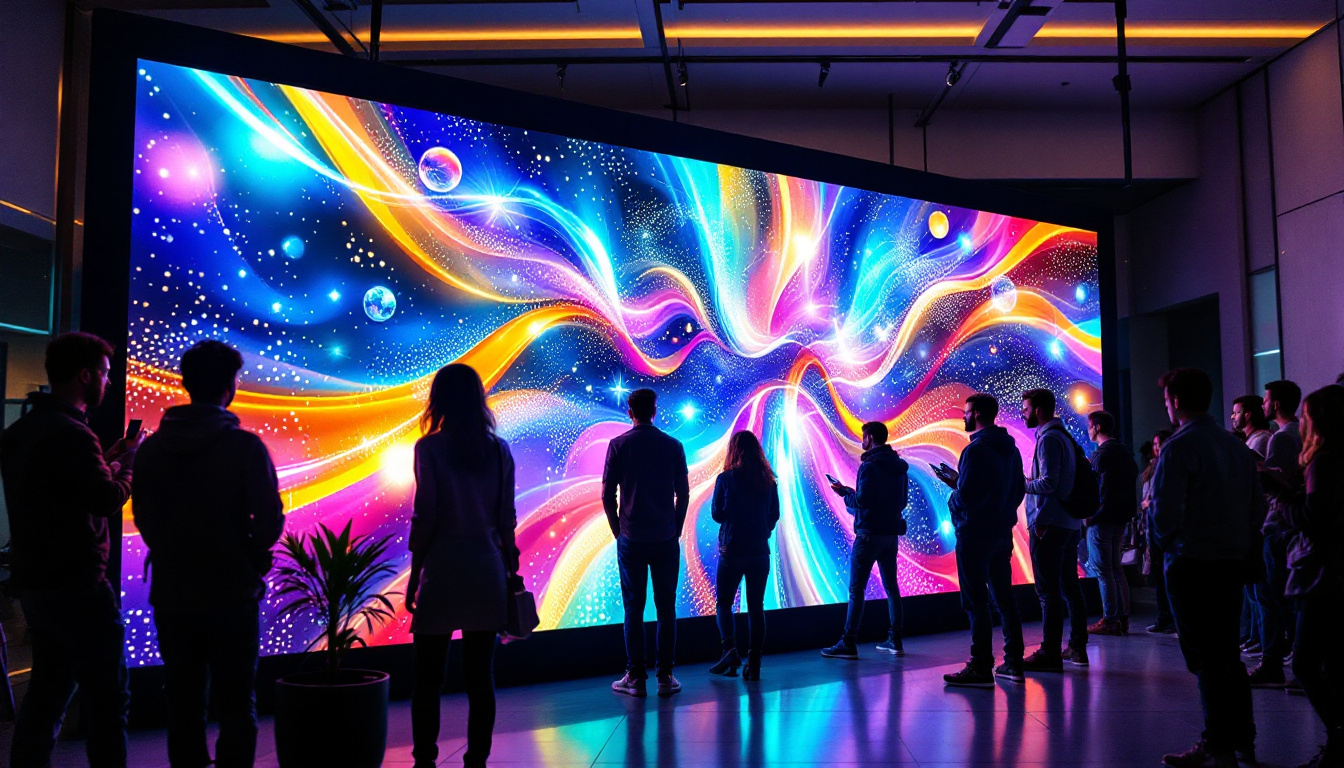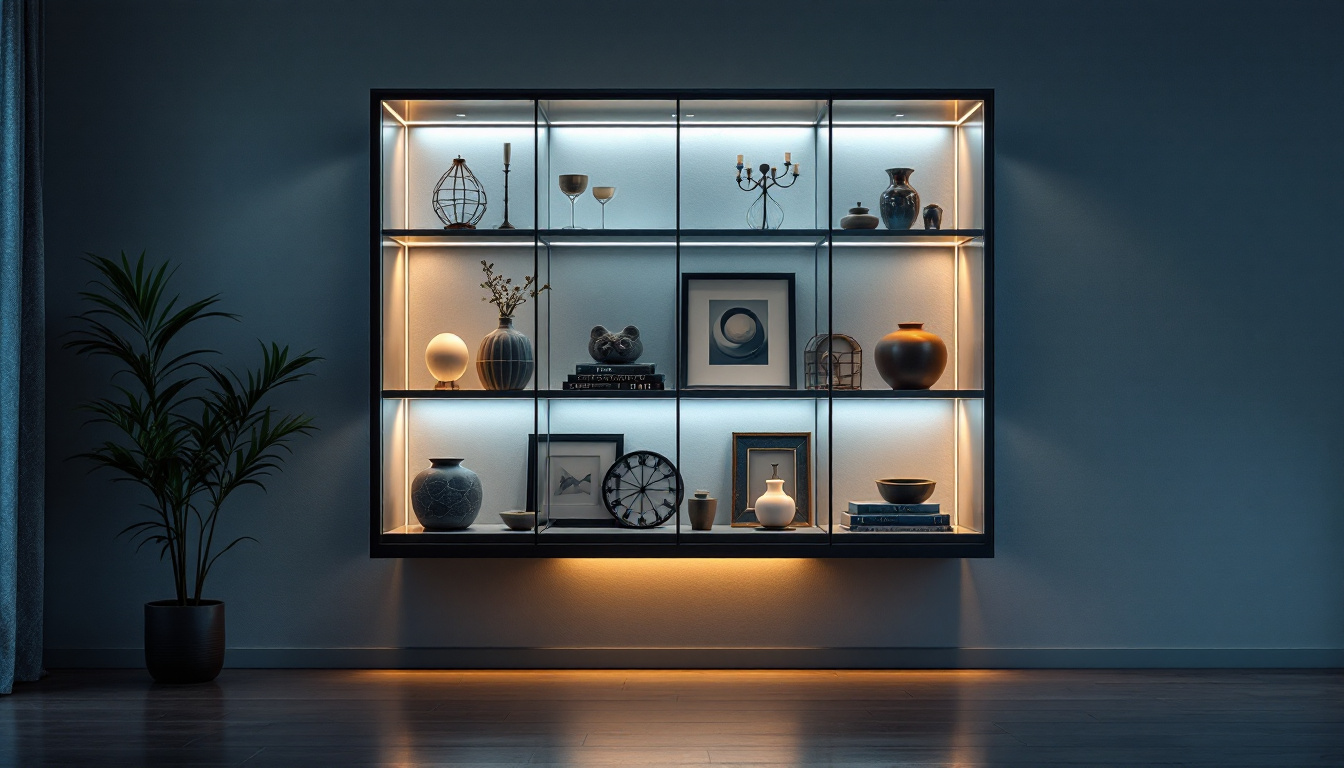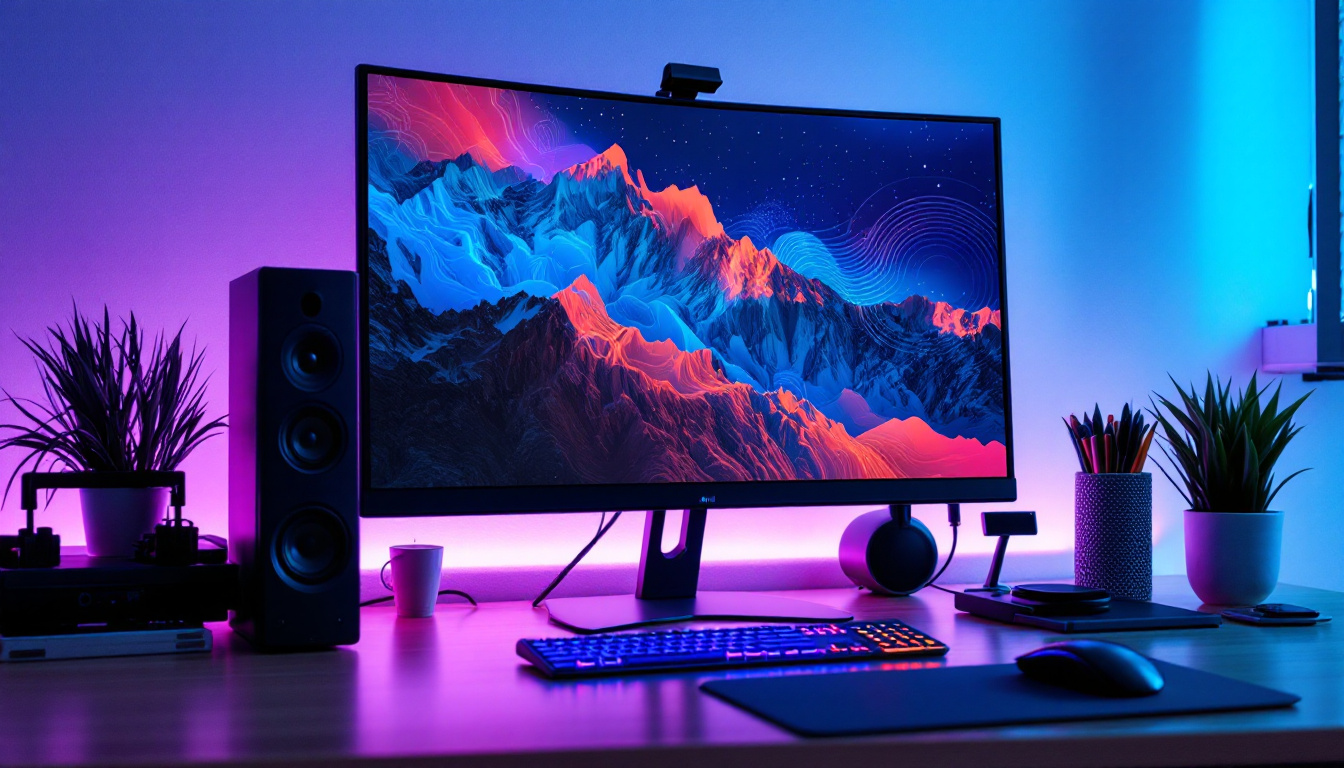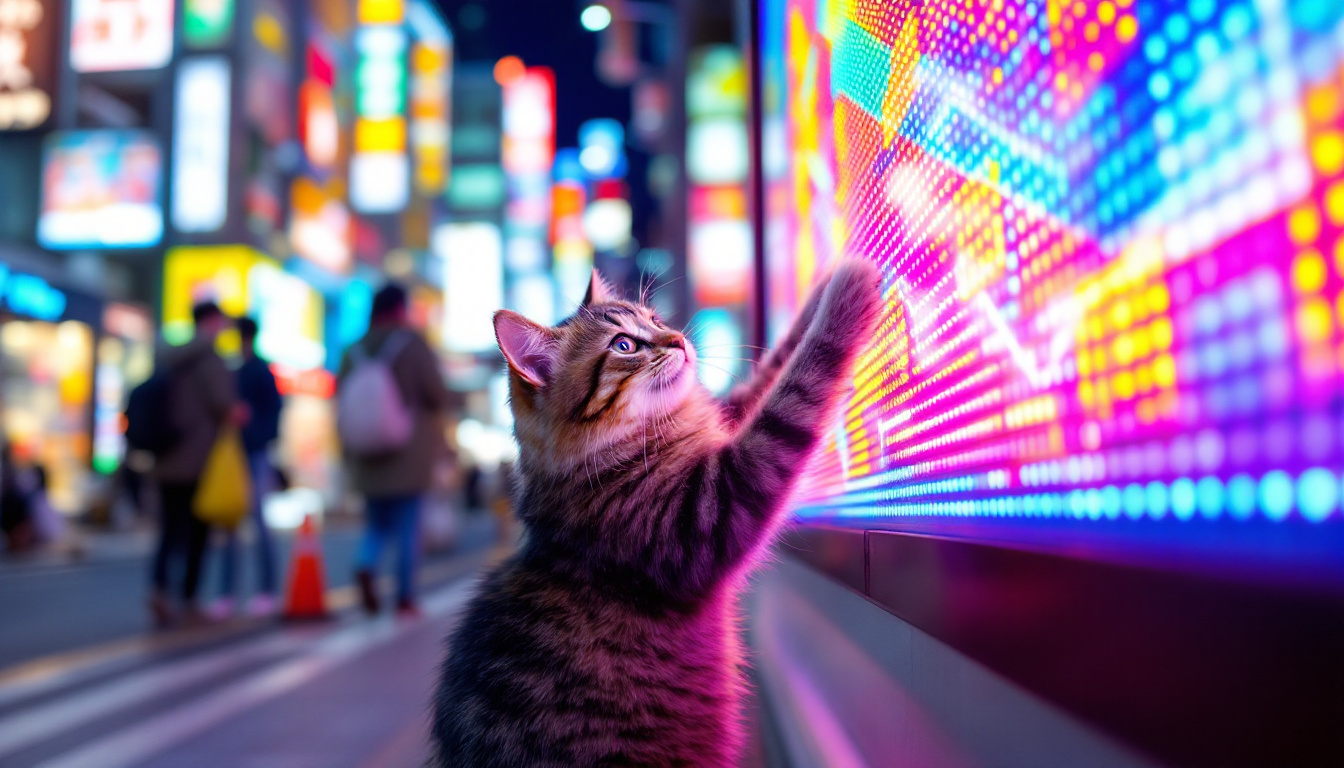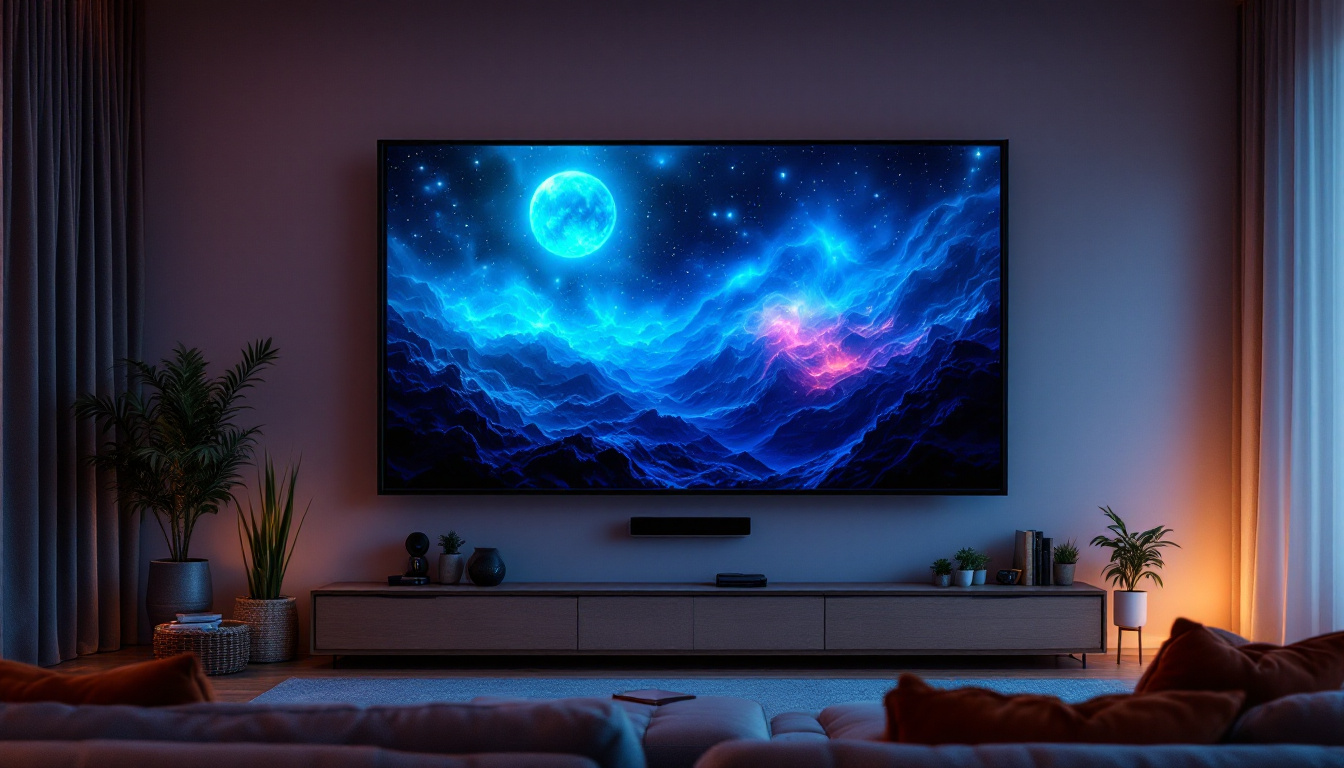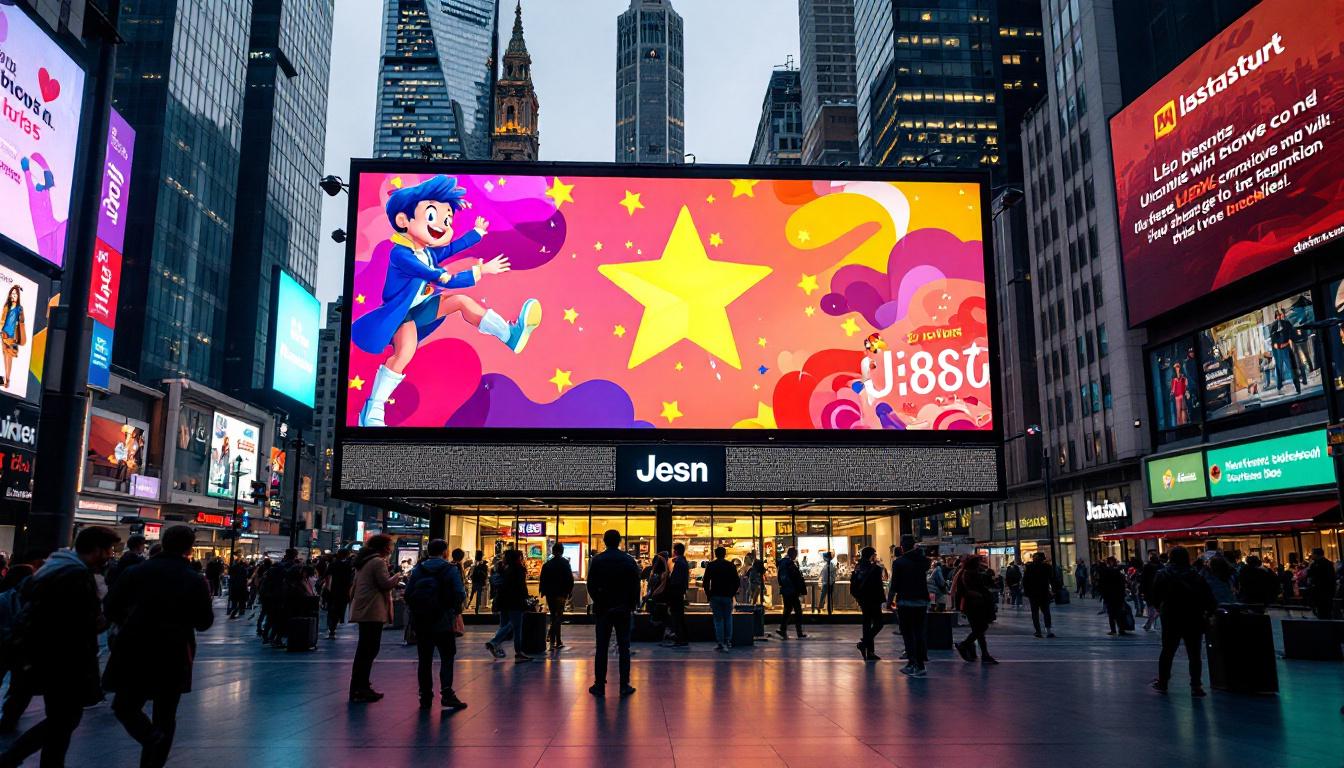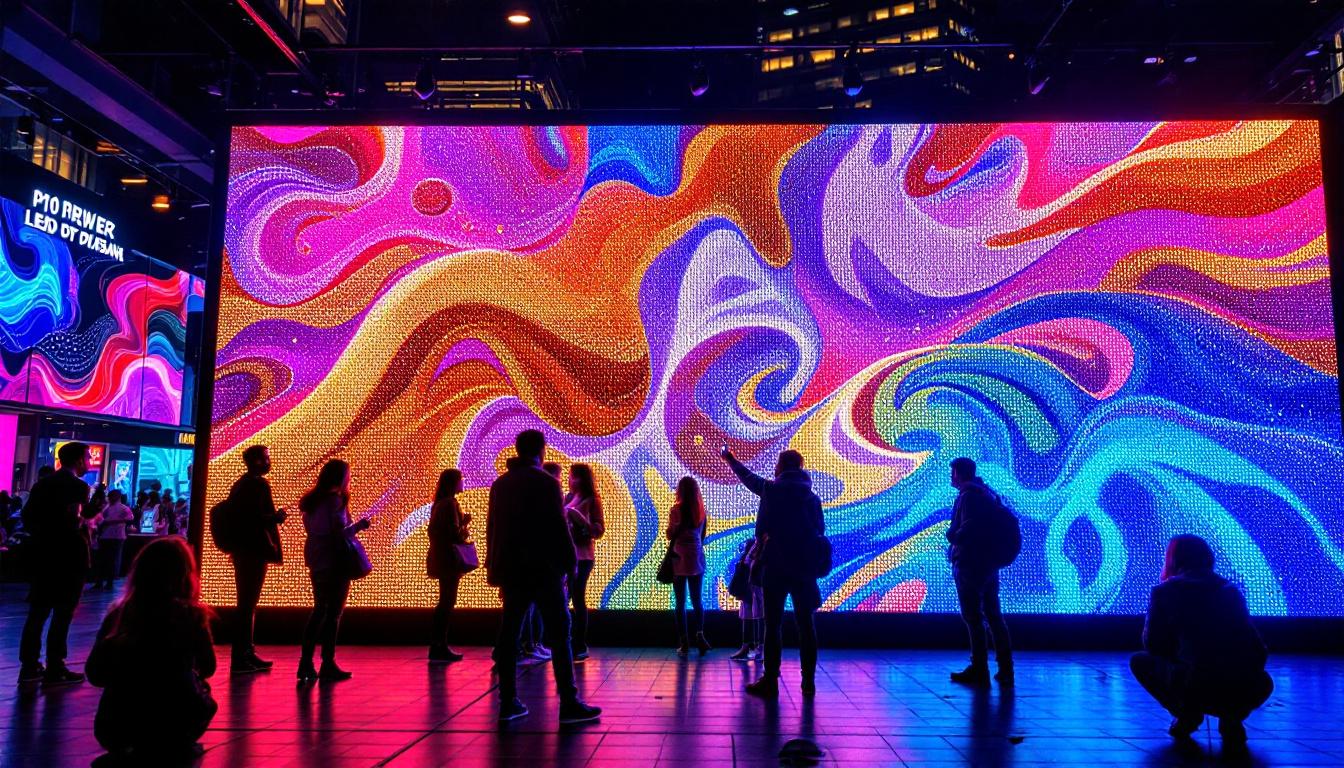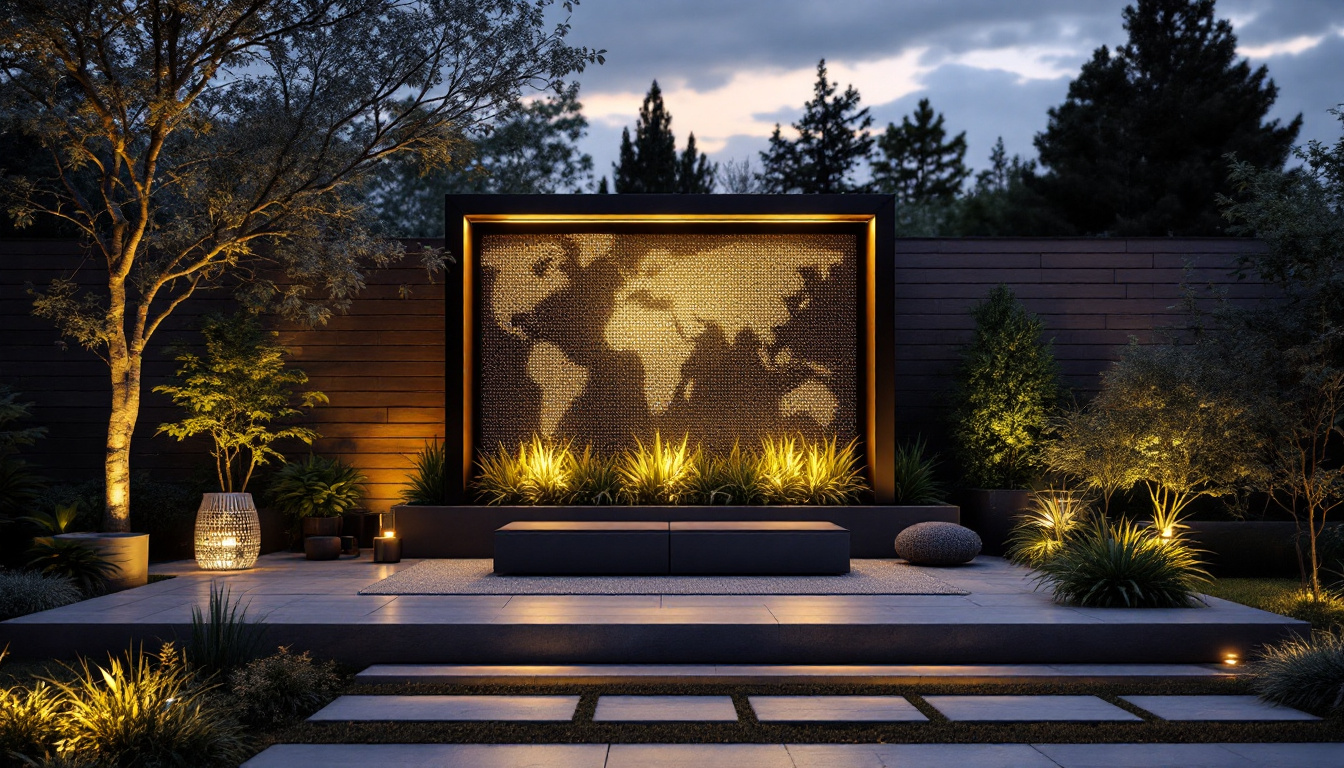In the evolving world of lighting and display technologies, LED lamps with bead-style diodes have become a cornerstone. These compact, efficient light sources power everything from household lamps to massive digital billboards. Understanding the technology behind LED beads and their application in displays is essential for consumers, designers, and engineers alike. This article delves into the fundamentals of LED bead lamps, explores how LED displays work, and highlights their advantages and applications in modern lighting and signage.
Understanding LED Beads: The Building Blocks of Modern Lamps
LED beads, also known as LED chips or diodes, are the tiny semiconductor devices that emit light when an electric current passes through them. Unlike traditional incandescent bulbs, which generate light by heating a filament, LEDs produce light through electroluminescence—a process that converts electrical energy directly into light.
What Are LED Beads?
LED beads are typically small, square or rectangular chips mounted on a substrate, often made of ceramic or metal core printed circuit boards (MCPCBs). Each bead contains a semiconductor material, usually gallium arsenide or gallium nitride, that emits light when energized. The color of the light depends on the semiconductor’s composition and the energy band gap.
These beads are the fundamental units in LED lamps, arranged in arrays to achieve the desired brightness and color output. The small size of LED beads allows for high-density arrangements, enabling compact and flexible lighting solutions. This versatility has made LEDs a popular choice not just for home lighting, but also for architectural illumination, stage lighting, and even in automotive applications, where space and efficiency are critical.
Types of LED Beads
LED beads come in various types, each suited for different applications:
- Surface-Mounted Device (SMD) LEDs: These are the most common, known for their compact size and high brightness. SMD LEDs are widely used in household lamps, displays, and automotive lighting.
- Through-Hole LEDs: Larger and often used for indicator lights or simple displays, these LEDs have leads that pass through a circuit board.
- Chip-on-Board (COB) LEDs: Multiple LED chips are mounted directly on a substrate, creating a uniform light source ideal for high-intensity lighting.
In addition to these types, there are also specialty LED beads designed for specific lighting effects, such as RGB (Red, Green, Blue) LEDs that can produce a wide spectrum of colors by mixing different intensities of light. This capability has revolutionized the way we think about lighting design, allowing for dynamic color changes and programmable lighting scenarios that can enhance mood and ambiance in various settings, from homes to theaters and beyond. Furthermore, advancements in technology have led to the development of smart LEDs that can be controlled via mobile apps, enabling users to customize their lighting experience with ease.
The efficiency of LED beads is another significant advantage. They consume significantly less power compared to traditional lighting sources, translating to lower energy bills and reduced environmental impact. With a lifespan that can exceed 25,000 hours, LED beads also minimize the frequency of replacements, making them a cost-effective and sustainable choice for both consumers and businesses. As the demand for energy-efficient lighting solutions continues to grow, the innovation surrounding LED technology is likely to expand, paving the way for even more exciting applications in the future.
How LED Displays Work: From Beads to Visuals
LED displays utilize arrays of LED beads to create images, videos, and text. These displays are prevalent in advertising, sports arenas, public information boards, and increasingly in consumer electronics like TVs and monitors.
Basic Structure of an LED Display
An LED display consists of thousands to millions of LED beads arranged in a grid. Each bead functions as a pixel or sub-pixel, emitting light in red, green, or blue (RGB) to produce a full spectrum of colors through color mixing.
These beads are controlled by a driver circuit that modulates the current and voltage to adjust brightness and color intensity. By rapidly switching LEDs on and off and varying their brightness, the display can render complex images and smooth video content. The technology behind LED displays has evolved significantly, with advancements in materials and manufacturing processes leading to improved energy efficiency and longer lifespans. For instance, newer generations of LEDs are designed to emit more light while consuming less power, making them more environmentally friendly and cost-effective for both manufacturers and consumers.
Pixel Configuration and Color Mixing
Most modern LED displays use RGB pixel configurations, where each pixel contains three LED beads—one red, one green, and one blue. By adjusting the intensity of each bead, the display can produce millions of colors. This technique is known as additive color mixing.
For example, when all three beads are at full brightness, the pixel appears white. When only the red bead is lit, the pixel appears red. Intermediate colors are created by mixing different intensities of the three primary colors. The precision of color mixing is crucial for applications such as digital art and video production, where accurate color representation is essential. Advanced LED displays often incorporate technologies like color calibration and gamma correction to ensure that the colors rendered on screen match the intended output, providing a more immersive and visually appealing experience for viewers.
Types of LED Displays Based on Bead Arrangement
LED displays can be categorized based on how the beads are arranged:
- Single-Color Displays: Use only one color of LED beads, typically red or green. These are simpler and less expensive but limited in visual capabilities.
- Dual-Color Displays: Combine two colors, often red and green, allowing for more color variation but still limited compared to full RGB.
- Full-Color Displays: Use RGB beads for each pixel, enabling full-color video and images. These are standard in modern digital signage and large-scale displays.
In addition to these basic types, there are also variations like OLED (Organic LED) displays, which utilize organic compounds to emit light and offer superior contrast and color depth. Furthermore, MicroLED technology is emerging as a game-changer, where microscopic LEDs are used to create displays that are brighter, more efficient, and capable of achieving higher resolutions than traditional LED displays. As technology continues to advance, the possibilities for LED displays expand, paving the way for innovative applications in various fields, from entertainment to education and beyond.
Advantages of LED Bead Lamps and Displays
The widespread adoption of LED bead lamps and displays is driven by several key advantages that outperform traditional lighting and display technologies.
Energy Efficiency and Longevity
LED beads consume significantly less power than incandescent or fluorescent bulbs. According to the U.S. Department of Energy, LEDs use at least 75% less energy and last 25 times longer than traditional incandescent lighting. This efficiency translates into lower electricity bills and reduced environmental impact.
In displays, efficient LEDs mean brighter images with less heat generation, allowing for longer operational lifespans and reduced maintenance costs.
High Brightness and Color Quality
LED beads offer high luminous efficacy, meaning they produce more light per watt of electrical power. This makes them ideal for applications requiring bright, vivid illumination or displays that must be visible under direct sunlight.
Full-color LED displays provide excellent color accuracy and saturation, enhancing visual appeal and readability. This is crucial for advertising and information dissemination where clarity and impact are paramount.
Durability and Flexibility
LED beads are solid-state devices without fragile filaments or glass envelopes, making them more resistant to shock, vibration, and environmental factors. This durability extends the usability of LED lamps and displays in outdoor and industrial settings.
Additionally, the small size and modular nature of LED beads allow for flexible design options, including curved displays, wearable lighting, and compact lamps that fit into unconventional spaces.
Applications of LED Bead Lamps and Displays
The versatility of LED bead technology has led to its integration into a wide range of applications across various industries.
Residential and Commercial Lighting
LED bead lamps have revolutionized indoor and outdoor lighting. From energy-efficient bulbs in homes to sophisticated architectural lighting in commercial buildings, LEDs provide customizable brightness and color temperatures that enhance ambiance and functionality.
Smart LED lamps with adjustable color and brightness controlled via apps or voice assistants are increasingly popular, offering convenience and energy savings.
Digital Signage and Advertising
Large-scale LED displays powered by bead arrays dominate outdoor advertising. Their brightness and visibility in daylight conditions make them ideal for billboards, stadium screens, and transit signs.
Dynamic content capabilities allow advertisers to update messages in real-time, targeting audiences more effectively than static signs.
Consumer Electronics
LED bead technology is integral to modern screens such as TVs, computer monitors, and smartphones. Miniaturized LED arrays provide high-resolution displays with vibrant colors and energy efficiency.
Automotive Lighting
LED bead lamps are widely used in vehicle headlights, taillights, and interior lighting. Their fast response time and durability improve safety and design flexibility.
Future Trends in LED Bead Technology
The LED industry continues to innovate, pushing the boundaries of what LED beads can achieve in terms of efficiency, brightness, and applications.
MicroLED and MiniLED Displays
Emerging technologies like MicroLED and MiniLED use even smaller LED beads to create displays with higher resolution, better contrast ratios, and improved energy efficiency. These advancements promise to enhance consumer electronics, offering superior picture quality and longer lifespans compared to OLED and LCD technologies.
Integration with IoT and Smart Systems
LED bead lamps are increasingly integrated with Internet of Things (IoT) platforms, enabling intelligent lighting systems that adapt to user preferences, occupancy, and ambient conditions. This integration supports energy management and enhances user experience.
Advances in Materials and Manufacturing
Research into new semiconductor materials and manufacturing techniques aims to reduce costs and improve the color range and efficiency of LED beads. Innovations such as quantum dot-enhanced LEDs are already making their way into commercial products.
Conclusion
LED bead lamps and displays represent a significant leap forward in lighting and visual technology. Their efficiency, durability, and versatility make them indispensable across numerous sectors, from residential lighting to massive digital billboards. As technology advances, LED beads will continue to evolve, offering brighter, more colorful, and smarter lighting solutions that meet the demands of a rapidly changing world.
Understanding the fundamentals of LED beads and their role in displays empowers consumers and professionals to make informed decisions about lighting and signage solutions, ensuring optimal performance and sustainability.
Explore Cutting-Edge LED Solutions with LumenMatrix
Ready to illuminate your world with the latest in LED technology? LumenMatrix is at the forefront of LED innovation, offering a wide array of advanced LED display modules tailored to your needs. From captivating Indoor LED Wall Displays to dynamic Outdoor LED Wall Displays, versatile Vehicle LED Displays, sleek LED Poster Displays, engaging LED Sports Displays, interactive Floor LED Displays, to Custom and All-in-One LED Display solutions, and even LED Transparent Displays—LumenMatrix has the perfect solution to enhance your brand’s visibility and create unforgettable visual experiences. Embrace the future of visual communication and check out LumenMatrix LED Display Solutions today to see how we can help you share your message with precision and flair.


